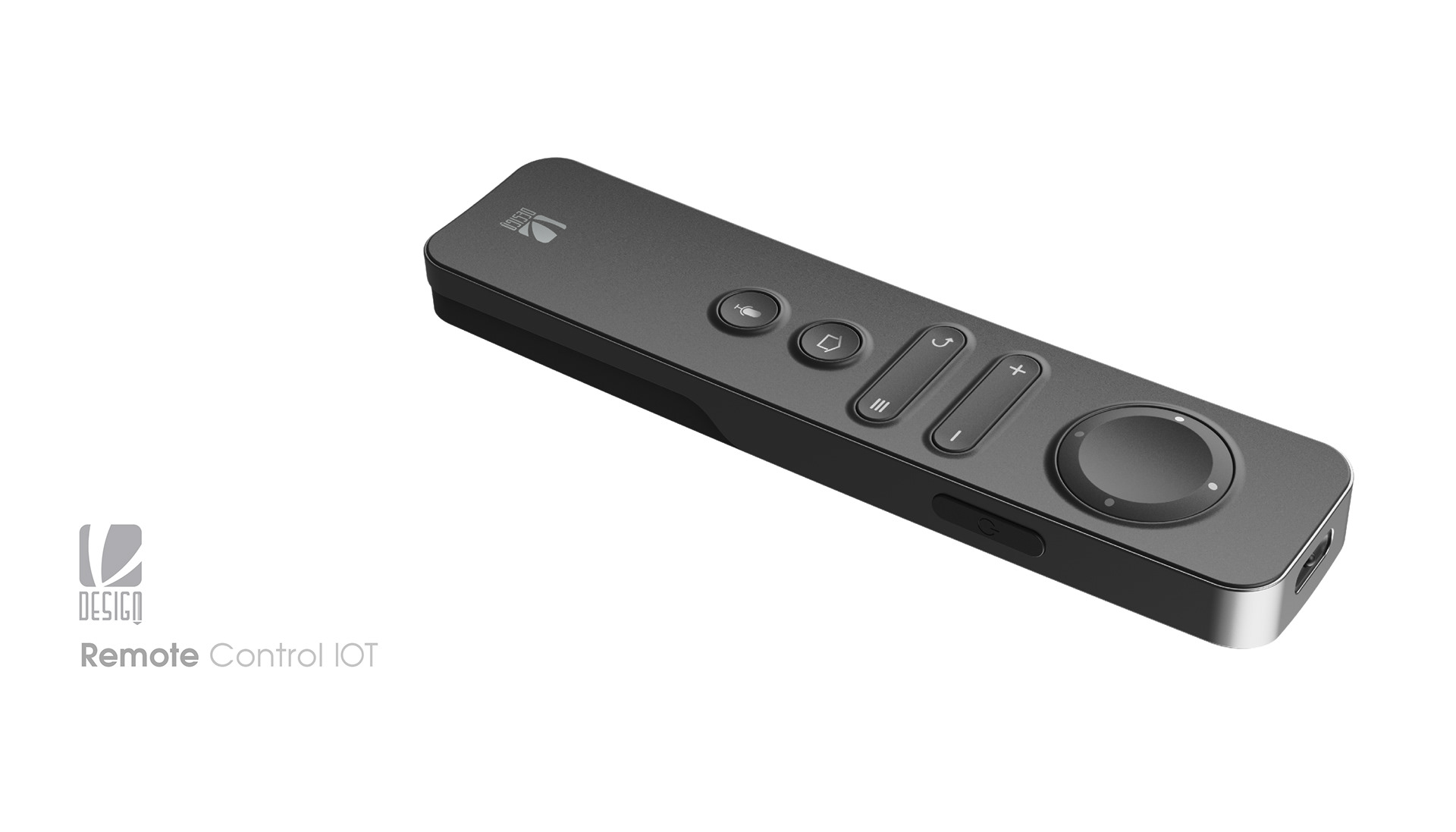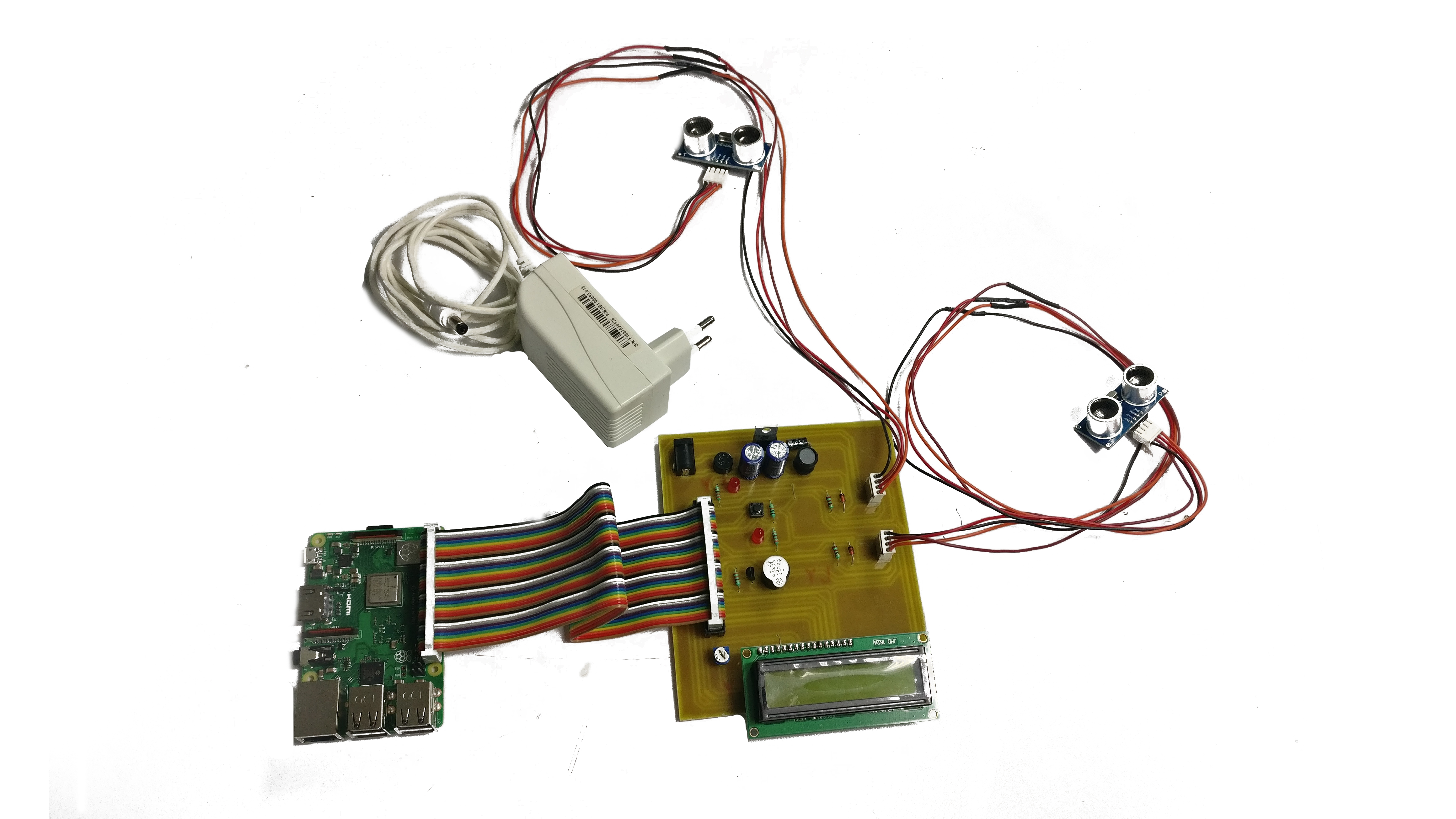Ultimate Guide: IoT SSH P2P - Secure & Free Remote Access!
Are you grappling with the complexities of managing a growing network of IoT devices? The key to streamlined, secure control lies in leveraging the power of IoT SSH P2P, offering a decentralized approach that sidesteps traditional infrastructure limitations.
In today's rapidly expanding Internet of Things (IoT) landscape, security is no longer an option but a necessity. As more and more devices connect to the internet, the need to securely manage and access them remotely becomes paramount. Traditional methods often involve complex network configurations, exposing potential vulnerabilities. This is where IoT SSH P2P comes into play, providing a robust and efficient solution for secure remote access and management.
| Aspect | Description |
|---|---|
| Definition | IoT SSH P2P (Internet of Things Secure Shell Peer-to-Peer) refers to establishing a direct, encrypted connection between IoT devices without relying on a central server. |
| Security Enhancement | Utilizes SSH (Secure Shell) protocol to ensure data confidentiality, integrity, and authentication through encryption. |
| Network Simplification | Eliminates the need for complex firewall configurations and IP address management, simplifying network infrastructure. |
| Cost-Effectiveness | Often leverages free or open-source tools, reducing the financial burden associated with secure remote access solutions. |
| Remote Accessibility | Enables users to remotely access and manage IoT devices from anywhere, irrespective of geographical location or network infrastructure. |
| Platform Compatibility | Solutions available for various platforms, including Android, Windows, macOS, and Linux-based systems like Raspberry Pi. |
| Use Cases | Ideal for home automation, industrial control systems, remote monitoring, and any scenario requiring secure, decentralized access to IoT devices. |
Let's break down exactly what "IoT SSH P2P free" signifies. IoT, the Internet of Things, is the vast network of physical devices—appliances, sensors, vehicles—embedded with electronics, software, and sensors, enabling them to collect and exchange data. SSH, or Secure Shell, is a cryptographic network protocol that provides a secure channel over an unsecured network. P2P, or peer-to-peer, refers to a decentralized network architecture where devices communicate directly with each other, without the need for a central server. Combining these elements offers a powerful way to connect to and manage your IoT devices securely and efficiently.
The beauty of IoT SSH P2P lies in its ability to create secure communication channels directly between devices. This direct connection ensures data confidentiality, integrity, and authentication, safeguarding your sensitive information from potential threats. Think of it as creating a private, encrypted tunnel between your devices, making it virtually impossible for unauthorized parties to eavesdrop or tamper with your data.
One of the significant advantages of using IoT SSH P2P is that you can remotely access and manage your IoT devices regardless of their geographical location or the network infrastructure they operate on. Whether you're controlling your home automation system from across the globe or managing industrial sensors in a remote location, IoT SSH P2P provides a seamless and secure connection.
Moreover, IoT SSH P2P often eliminates the need to discover the IoT device's IP address or change firewall settings. This simplifies the setup process and reduces the complexity of managing your IoT network. Imagine the time and effort saved by not having to navigate complex network configurations. All data transmitted through the P2P SSH connection is wrapped in an encrypted SSH tunnel, providing an additional layer of security. This ensures that your data remains protected from prying eyes and malicious actors.
You can SSH into your IoT device using standard client tools such as PuTTY, leveraging either system user credentials or SSH key-based secure authentication. This provides a familiar and consistent experience for users who are already familiar with SSH. This means you don't have to learn new tools or adapt to unfamiliar interfaces. You can continue using the tools you're already comfortable with, making the transition to IoT SSH P2P seamless and efficient.
If you're looking to securely connect a remote IoT P2P SSH Raspberry Pi free server, you've landed in the right place. This comprehensive guide will equip you with everything you need to make your IoT setup not only functional but also rock-solid secure. The techniques and tools discussed here are accessible, and most importantly, many are available for free, allowing you to fortify your defenses without breaking the bank. The concept of P2P SSH involves establishing a secure, encrypted connection directly between your device (Android, Windows, Mac) and a remote IoT device, bypassing the need for a central server.
Traditional SSH setups often involve connecting to a server, which then relays traffic to the target IoT device. While this approach works, it introduces a middleman, potentially increasing latency and complexity. P2P SSH, on the other hand, establishes a direct, encrypted connection between your computer and the Raspberry Pi or other IoT device. This architecture offers several advantages, including reduced latency, increased security, and simplified network configuration.
After enabling SSH on your Raspberry Pi, you can connect to it remotely using an SSH client. Configuring the network settings on both devices is essential for establishing a successful connection. This typically involves ensuring that both devices are on the same network or that appropriate port forwarding rules are in place. However, with P2P SSH, these configurations are often simplified, making the process more accessible to users with limited networking knowledge.
This technology empowers users to establish secure, decentralized connections without relying on traditional infrastructure, making it an attractive option for various applications. Whether you're a hobbyist tinkering with home automation or a professional managing a large-scale industrial IoT deployment, P2P SSH offers a versatile and cost-effective solution for secure remote access.
Connecting remote IoT devices involves setting up a P2P SSH connection between the Raspberry Pi and the target device. This process typically involves installing a P2P SSH client on both devices and configuring them to communicate with each other. Once the connection is established, you can securely access and manage the target device as if it were directly connected to your network.
Let's delve into the practical aspects of setting up a secure P2P SSH connection for your IoT devices on a Mac. The process, while involving several steps, is within the reach of anyone with a basic understanding of networking concepts. The central theme throughout this process is security and leveraging free software. There are several excellent free SSH remote solutions for IoT on Raspberry Pi, each with its unique features, benefits, and potential drawbacks. Exploring these options is essential for finding the best fit for your specific needs.
By establishing a P2P SSH connection, IoT devices can communicate securely and efficiently, even when located in remote locations. This is particularly useful for applications where latency is critical, such as real-time monitoring and control systems. The direct connection minimizes delays and ensures that data is transmitted and received quickly and reliably.
Discover the best remote SSH access IoT free tools and solutions to manage your devices securely. Several tools and solutions are available that offer free P2P SSH functionality. These tools often provide user-friendly interfaces and comprehensive documentation, making it easier for users to set up and manage their P2P SSH connections.
Securely connect your Raspberry Pi IoT devices remotely using SSH over a free P2P solution! This is a common scenario for many IoT enthusiasts and professionals. Raspberry Pi devices are often used as gateways or controllers for IoT networks, making secure remote access essential for managing and maintaining these devices.
Learn how to implement SSH for secure access and explore free P2P options for seamless remote IoT connectivity. This involves understanding the basics of SSH, configuring SSH on your Raspberry Pi, and selecting and configuring a suitable P2P SSH client. With a little bit of effort, you can create a secure and reliable remote access solution for your IoT devices.
IoT SSH P2P offers a robust solution for remote access, making it an indispensable tool for both personal and professional use. Whether you're a hobbyist, a student, or a seasoned professional, IoT SSH P2P can help you manage your IoT devices more effectively and securely. Let's uncover the possibilities together and explore the vast potential of this technology.
What is IoT SSH P2P all about? It's about empowering you to take control of your IoT devices, providing you with the tools and knowledge you need to manage them securely and efficiently. It's about breaking down the barriers to remote access and making it easier for anyone to connect to and manage their IoT devices, regardless of their technical expertise.
The benefits of using IoT SSH P2P are numerous. It enhances security, simplifies network configuration, reduces latency, and provides a cost-effective solution for secure remote access. Whether you're managing a small home automation system or a large-scale industrial IoT deployment, IoT SSH P2P can help you improve the security and efficiency of your network.
How to download IoT SSH P2P for Mac? Several free P2P SSH clients are available for Mac. These clients typically provide user-friendly interfaces and comprehensive documentation, making it easy for you to set up and manage your P2P SSH connections. Some popular options include OpenSSH, PuTTY, and iTerm2. Choose the client that best suits your needs and follow the instructions provided to download and install it on your Mac.
Alright folks, let's dive straight into the tech world where remote connectivity meets security and efficiency. In this digital age, where devices communicate and interact seamlessly, the security of these interactions becomes paramount. IoT SSH P2P offers a secure and efficient way to manage your devices, ensuring that your data remains protected and your network remains secure. So, let's get started and explore the exciting world of IoT SSH P2P!

Securely Connect Remote IoT P2P SSH Free Download Your Ultimate Guide

Securely Connect Remote IoT P2P SSH Free Download Your Ultimate Guide

Securely Connect Remote IoT P2P SSH Free Download Your Ultimate Guide